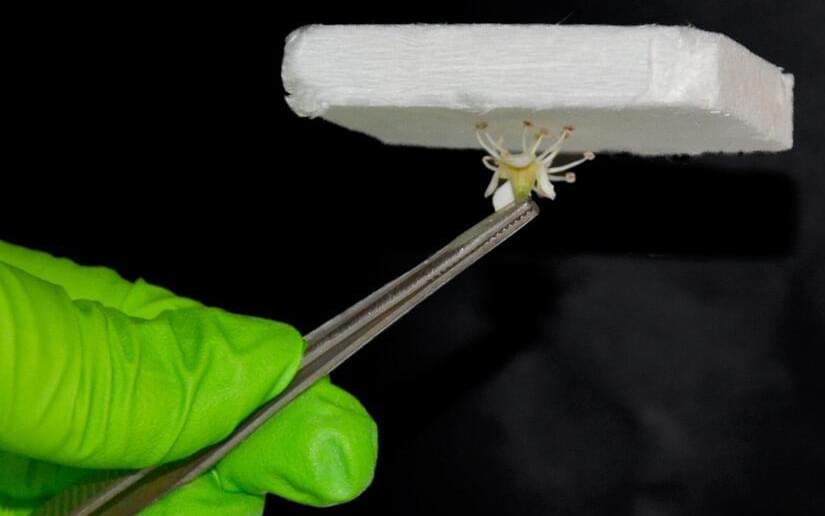Italian company Energy Dome has opened the first of its remarkable grid-level energy storage plants. These “CO2 batteries” can store renewable energy over long periods and release it quickly, at less than half the cost of big lithium batteries.
Large-scale energy storage is going to be required on an epic scale all round the world, as green energy begins to take over the world’s power supply. Renewable energy is often generated at times and places where it’s not needed, and a variety of grid-level storage technologies are jockeying for various energy market niches, each with their own strengths and weaknesses.
We took a close look at Energy Dome’s CO2 battery technology last July, but here’s the guts of it: carbon dioxide expands dramatically when it moves to a gaseous state from a liquid state, which it’ll only settle in under pressures at least five times higher than the Earth’s atmospheric pressure. How much does it expand? Well, at room temperature, 2.5675 litres of liquid CO2 kept at 56 atmospheres of pressure will expand into 1,000 litres of gaseous CO2. That’s a factor of nearly 400.








